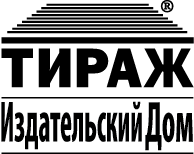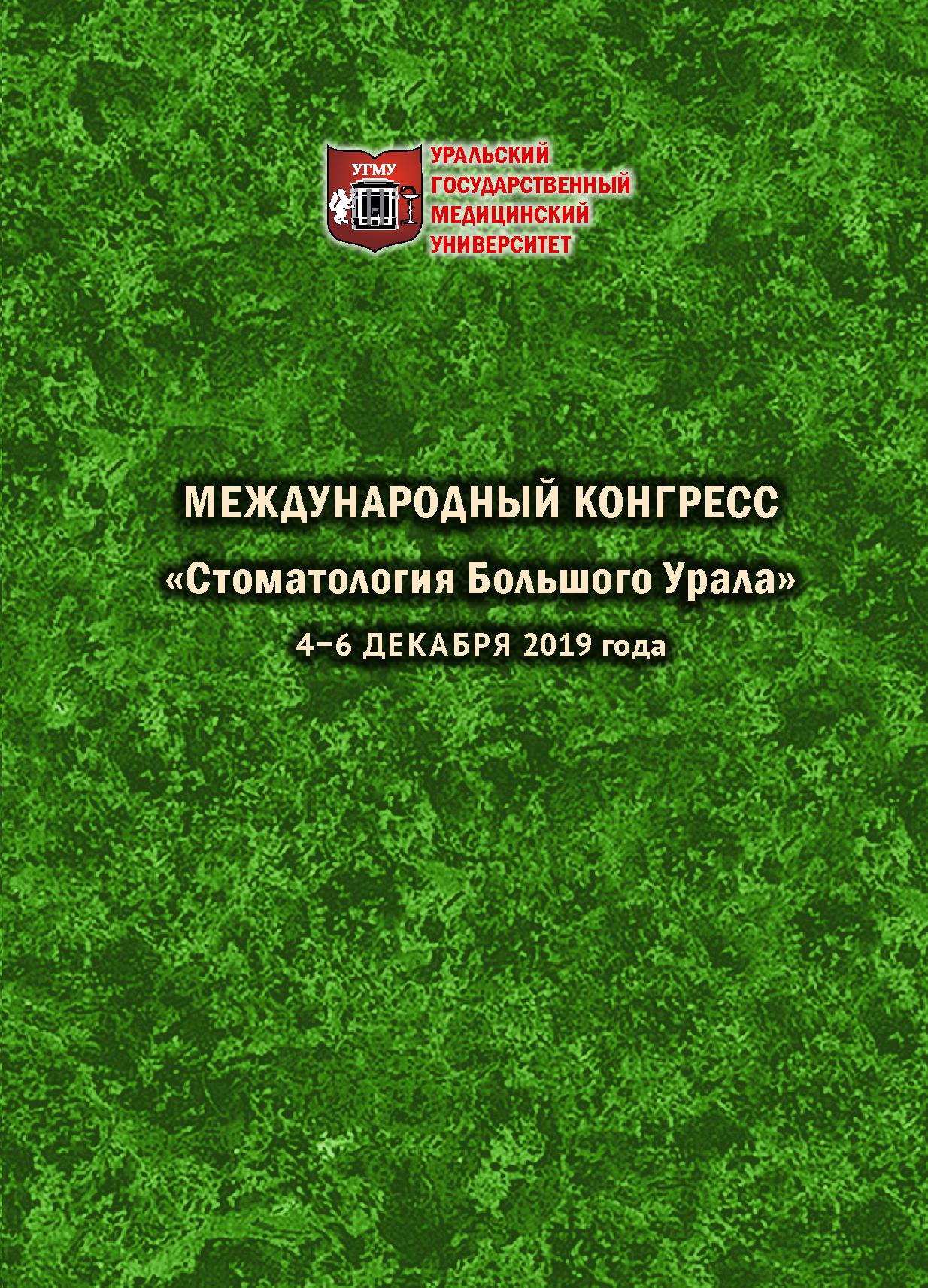Россия
Екатеринбург, Свердловская область, Россия
The term “post-traumatic osteomyelitis” means purulent inflammation of all elements of the bone as a result of jaw injury. The article provides a retrospective analysis of medical histories with a diagnosis of posttraumatic osteomyelitis of the lower jaw. The study was conducted on the basis of the Maxillofacial Surgery Department of Municipal Autonomous Institution “Central City Clinical Hospital No. 23”, where patients with a diagnosis of “post-traumatic osteomyelitis of the lower jaw” were treated in the period from January 1, 2017 to December 31, 2018.
posttraumatic osteomyelitis, fracture of the lower jaw
In the last decade, due to the urbanization of the population, enthusiasm for active sports, and the unhindered sale of alcoholic beverages, there has been noted a tendency for the increased number of injuries of the maxillofacial area (MFA), in particular, polytraumas with concussion [1].
Fractures of the lower jaw account for 70 to 85 % in the structure of damage to the facial skeleton. Since the bulk of the affected are men aged 20 to 45 (that is, the most able-bodied part of the population), the treatment issues acquire social significance [2, 5].
One of the serious complications of lower jaw injuries is chronic post-traumatic osteomyelitis (CPO), which develops in 10-12 % of the affected [3]. The development of osteomyelitis in the fracture area slows down its consolidation and lengthens the period of disability by 1.5 to 3 times [7].
The term “post-traumatic osteomyelitis” means purulent inflammation of all elements of the bone as a result of the injury [3, 10]. This is a non-specific purulent-necrotic infectious-allergic inflammatory process in the area of the lower jaw fracture, accompanied by necrosis of the wound surfaces of the fragments with the formation of sequesters and regeneration of bone tissue. In this case, post-traumatic osteomyelitis of the lower jaw is a qualitatively new form of the inflammatory process, when there is necrosis of areas of the bone that did not show signs of damage and are located at a certain distance from the fracture gap, and self-cleaning of the wound and cure does not occur without prolonged specialized treatment [6].
Most researchers attribute the induced pathomorphism of purulent inflammation to both changes in the etiological structure of pathogens and their properties and with violations of the body’s immune status [6, 10]. At the present stage, inflammation is developing under the influence of the resident flora of odontogenic foci and individual pathogens that are potentially virulent, invasive, and toxic. An extension of the spectrum of the types of pathogens is noted, where resident and pathogenic infections are combined, with a successive change in the dominance of aerobic, obligate-anaerobic and facultative anaerobes [6, 9]. However, one should not forget that the development of the infectious and inflammatory process is determined not only by the relationship “microbial pathogen – immunity”, but also by all physiological systems [8]. The very likelihood of developing an infectious process, the features of the clinical progression, and the prognosis largely depend on the factors determining their relationship [6].
The clinical progression of post-traumatic osteomyelitis of the lower jaw that is described in the Russian and foreign literature is characterized by prolonged mobility of fragments in most patients, malocclusion, and the presence of fistulas [11]. The x-ray picture of post-traumatic osteomyelitis is diverse, but mainly regional destruction and osteoporosis of fragments, sequestration that are pronounced in varying degrees are noted [6]. The formation of sequesters is the result of a violation of the blood supply to the bone, and not a consequence of the action of bacterial toxins. Changes in the periosteum are characterized by its thickening, proliferation of connective tissue, and the formation of serous exudate [4]. At the same time, in a significant part of patients, it is not a “classical” marginal destruction of fragments that is noted, but spreading to significant areas of the bone. Such nature and volume of destruction of bone tissue leads to the need for repeated surgical interventions [6].
The objective: to analyze the prevalence of post-traumatic osteomyelitis of the lower jaw and identify the main causes of the development of this disease.
Materials and methods
The study was conducted using the retrospective analysis of medical histories of patients treated in the Maxillofacial Surgery Department of Municipal Autonomous Institution “Central City Clinical Hospital No. 23” in the city of Ekaterinburg within the period from January 1, 2017 to December 31, 2018. The statistical processing of the obtained data was carried out using Excel 2016 spreadsheets.
Results and discussions
Within the period from January 1, 2017 to December 31, 2018, 920 patients with a diagnosis of lower jaw fracture were treated in the MFSD. In 21 cases (2.28 %), re-hospitalization with a diagnosis of post-traumatic osteomyelitis was required. In total, during this period, 98 patients with a diagnosis of osteomyelitis of various etiologies were treated in the MFSD (fig. 1).
Fig.1. The weight of post-traumatic osteomyelitis of the lower jaw among osteomyelitis of another etiology
By gender composition, patients were distributed as follows — 19 men (90.47 %) and 2 women (9.52 %). The average age of the patients was 40.6 ± 11.8 years. In the young age group (21—44 years old according to the WHO) there were 15 patients (71.42 %), in the middle age group (45—60 years old according to the WHO) — 4 patients (19.04 %), and in the old age group (61—75 years old according to the WHO) — 2 patients (9.52 %) (fig. 2).
Fig. 2. Distribution of patients by age groups
The main localization of the inflammatory process is the angle of the lower jaw (12 patients, 57.14 %), less often in the area of the body of the lower jaw — 3 patients (14.28 %), in the mental department — 5 patients (23.80 %), in two cases the process was localized in the angle and body of the lower jaw — 1 patient (4.76 %), and the angle and the lower jaw mental department — 1 patient (4.76 %).
6 patients (young and middle age group) were registered with an infectious disease specialist with concomitant diseases such as: HIV infection — 1 patient (8.33 %); chronic hepatitis C — 2 patients (16.66 %); combination of HIV infection and viral hepatitis — 3 patients (25 %); these patients also had a history of drug use either earlier than or at the time of the treatment. Four patients (19.04 %) were registered with a cardiologist with cardiovascular disease, 1 patient (8.3 %) — with an endocrinologist for diabetes, and 1 patient (4.76 %) with a narcologist with chronic alcoholism.
During the first hospital confinement after trauma, 18 patients (85.71 %) underwent closed reposition, in 6 cases open reposition of bone fragments and osteosynthesis of the lower jaw were required (28.57 %), 3 patients (14.28 %) refused to be hospitalized. In 7 patients (33.33 %), a tooth was removed from the fracture line.
After the first hospital confinement, patients sought help after an average of 81 days (± 83.9), (10-365). All patients complained of pain in the lower jaw, swelling, and limited opening of the oral cavity. During an external examination of patients, there was noted a change in the configuration of the face due to swelling of the soft tissues. In the submandibular and buccal areas, there could be fistulous passages with purulent or with serous-haemorrhagic discharge of the corresponding side. In 7 patients (33.33 %), paraossal phlegmon was diagnosed, in 8 cases (38.09 %) —abscesses. Opening could be difficult. In the oral cavity, the mucous membrane in the gingival region on both sides was swollen and hyperaemic, palpation of this area was painful. On palpation of the lower jaw in 10 cases (47.61 %), the mobility of the fragments was determined. During the examination using radiation methods, mainly the regional destruction of bone tissue and osteoporosis of bone fragments were observed. The contours of the bone fragments become fuzzy and uneven. Sequesters formed with a clear demarcation zone that were localized in the crest of the alveolar process or the edge of the lower jaw (fig. 3).
Fig. 3. Foci of bone destruction, sequestration
Conclusions
- The weight of post-traumatic osteomyelitis among osteomyelitis of another etiology is 242 %.
- Most often, post-traumatic osteomyelitis is diagnosed in men of the young age group.
- General non-specific immunity factors, such as the presence of concomitant pathologies (HIV infection, viral hepatitis, and diabetes mellitus), play a leading role in the development of post-traumatic osteomyelitis of the lower jaw.
- The late seeking of treatment by the injured and, accordingly, the late start of specialized treatment, as well as irrational tactics in relation to teeth located in the fracture gap, are among the main factors in the development of post-traumatic osteomyelitis of the lower jaw.
1. The Modern View on the Problem of Maxillofacial Trauma / N. I. Dzhambayeva, A. S. Boyakhchyan, I. N. Dolgova, S. M. Karpov, A. V. Balandina // International Journal of Applied and Fundamental Research. - 2016. - № 5. - P. 742-745.
2. Treating Patients with Unilateral Oblique Fractures of the Lower Jaw / Yu. V. Efimov, D. V. Stomatov, E. Yu. Efimova, A. V. Stomatov, I. V. Dolgova // North Caucasus Medical Bulletin. - 2019. - Vol. 14 (1.1). - P. 94-97.
3. Analyzing the Clinical Progression of Chronic Post-Traumatic Lower Jaw Osteomyelitis in Patients with Chronic Hepatitis C / V. I. Kononenko, A. V. Klimenko, E. V. Neykovskaya, A. K. Ebzeyev // Dentistry. - 2013. - № 6 (37). - P. 30-31.
4. Modern Aspects of Diagnosing and Treating Osteomyelitis / V. V. Novomlinskiy, N. A. Malkina, A. A. Andreyev, A. A. Glukhov, E. V. Mikulich // Modern issues in Science and Education. - 2016. - P. 122.
5. Social and Hygienic Aspects of Lower Jaw Fractures in Yakutia / I. D. Ushnitskiy, Z. V. Terentyeva, A. I. Egorova, O. I. Shirko, A. G. Meloyan // Dentistry. - 2015. - № 6. - P. 26-28.
6. Modern Features of the Clinical Manifestations of Odontogenic and Traumatic Osteomyelitis of the Lower Jaw / E. V. Fomichev, M. V. Kirpichnikov, E. N. Yarygina, V. V. Podolskiy, E. V. Efimova, T. V. Morozova // Volgograd State Medical University Bulletin. - 2013. - № 1 (45). - P. 7-11.
7. Uulu, E. Z. Analyzing the Effectiveness of the Surgical Treatment of Open Lower Jaw Fractures / E. Z. Uulu // Potential of modern science. - 2016. - № 1. - P. 40-47.
8. Pattern and Treatment Modalities of Chronic Osteomyelitis of the Jaws among a Sample of Sudanese Patients / A. H. Abuaffan, Y. I. Eltohami, A.-A. Alaa, M. Alaa, M. Alaa, H. Reem // Oral Health and Dentistry. - 2017. - Vol. 1.2. - P. 119-128.
9. Acute and Chronic Osteomyelitis / I. Kroning, P. Vaudaux, D. Suva, D. Lew, I. Vekay // Clinical Infectious Disease. - 2015. - P. 448-451.
10. Osteomyelitis of Maxilla - A Rare Presentation: Case Report and Review of Literature / V. Gupta, I. Singh, S. Goyal, M. Kumar, A. Sigh, G. Dwivedi // International Journal of Otorhinolaryngology and Head and Neck Surgery. - 2017. - Vol. 3 (3). - P. 771-776.
11. The effect of immunotherapy with recombinant IL-1β on clinical and immunological parameters of patients with complicated fracture of the mandible / L. S. Latyushina, E. S. Berezhnaya, I. I. Dolgushin, A. P. Finadeev, Y. V. Pavlienko // Actual problems in dentistry. - 2017. - Vol. 13, № 2. - P. 49-53.







